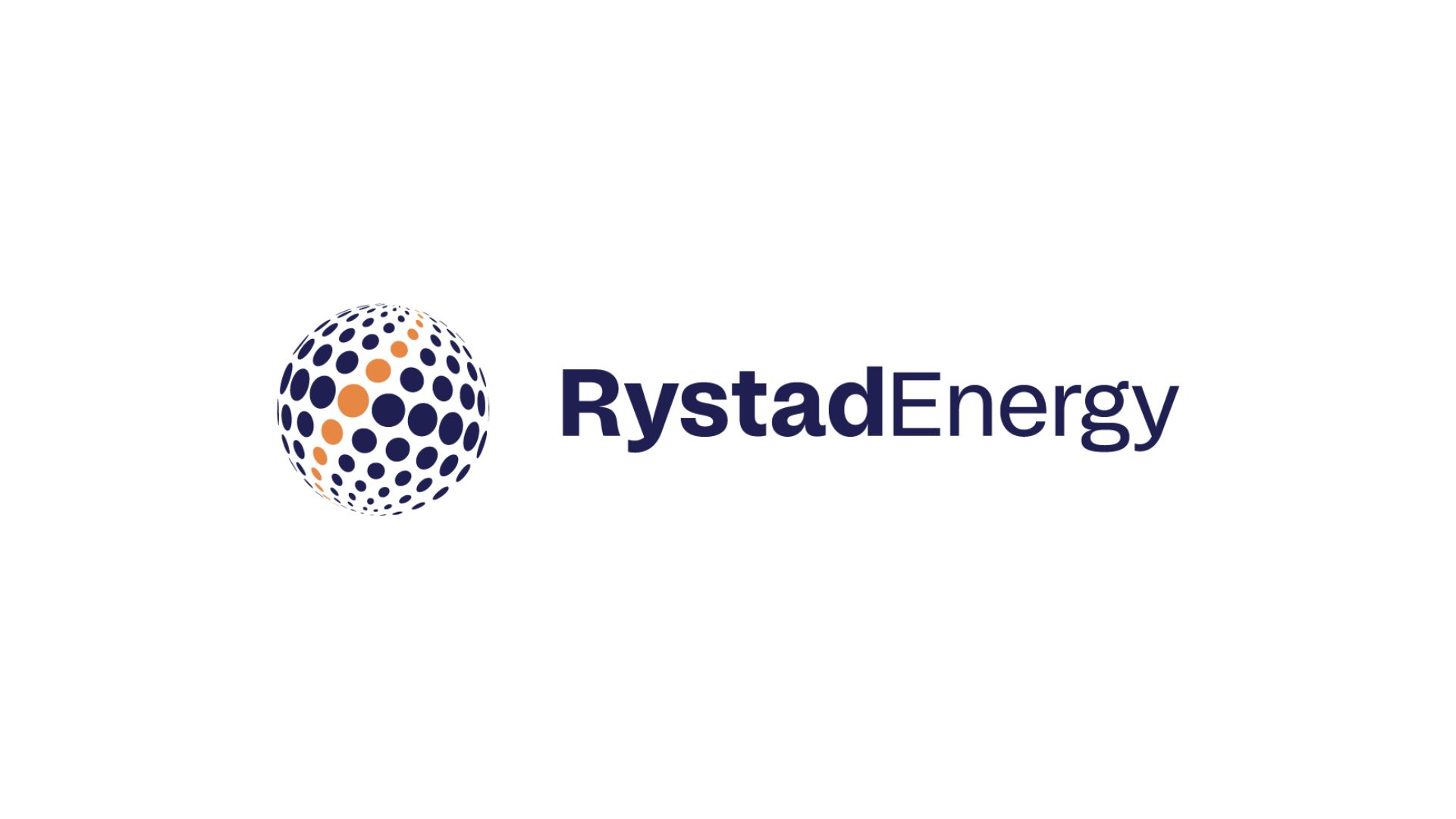ASEAN and Southeast Asia are at a tipping point. Beyond this juncture lies a renaissance opportunity for the region, driven by sustainability-focused growth. As we approach critical moments such as COP 29 and Malaysia’s chairmanship of ASEAN in 2025, it is crucial to pause, reflect and recommit to a clear plan of action to fully realise the opportunities ahead.

Vijay Krishnan
Partner and Head of APAC
Rystad Energy
In the lead-up to Clean Energy Transition Asia (CETA), we had the privilege of speaking with Vijay Krishnan, Partner and Head of APAC at Rystad Energy, about the key factors for achieving a genuine sustainability-driven renaissance in the region.
CETA: : Thank you, Vijay and Rystad Energy, for being active, committed Strategic Partners to CETA. We would like to start by giving our industry network a deeper insight into Rystad Energy and your growth journey in Asia.
Vijay Krishnan: Thank you for having us here. We are really looking forward to CETA’s great success. Rystad Energy is committed to partnering with platforms such as CETA to advance the region’s clean energy transition.
Let me start by giving you a deeper view of Rystad Energy. We are a global Research, Advisory and Analytics company headquartered in Norway. This year, we are 20 years old, and we have four main arms: Data, Analytics, Advisory and Education.
We have 35 offices worldwide and 800 full-time employees, including 260 in Asia. Our singular focus is helping clients navigate the energy transition through robust research, advisory services and analytics. Our journey in Asia Pacific started 7 years ago, and since then, we have added 11 other offices across the region. Our company is 100% employee owned. This has truly enabled us to attract amazing talent and build a high-performance culture, which in turn has propelled us on this amazing global growth journey.
Our business is centered around tackling the energy transition through a science-based approach. Every company, government, investor and operator need ready access to robust research. This is where we step in to provide forward-looking, commercially sustainable strategies customized to our client’s needs and keeping in mind the wider environment they operate in.
"The world of energy transition is highly nuanced and constantly presents new challenges, which we embrace and enjoy. It’s in our DNA as a research house to tackle some of the world’s toughest problems and to do so with excitement. Our team consists of self-starting, entrepreneurial, high-performing talent from around the world, creating a dynamic culture that is a key driver of our growth."
CETA: Could you walk us through the net zero transition outlook for ASEAN running into 2030? What are the critical success factors and accelerators for this journey?
Vijay: First and foremost, let’s recognise and acknowledge that this transition is a multi-decade journey that we need to take. We must start moving now to actualize stated policy goals by 2050 and 2060.
Coming to the present day, it is important to highlight that emissions globally have gone in the wrong direction. Several factors contribute to this situation, including conflicts in energy-sensitive regions.
"ASEAN must navigate the energy "Quadrilemma," which encompasses energy security, sustainability balanced with growth ambitions, access, and emissions. Achieving policy consistency, ensuring effective capital flow, and maintaining strong implementation governance will be crucial for ASEAN's success in addressing these challenges."
In the short term, we anticipate a continued rise in emissions, but expect them to decline afterward. Unfortunately, some key developed nations have shifted focus away from decarbonisation, emissions management and ESG principles. This shift in rhetoric is beginning to impact ASEAN, which is a significant concern we are committed to addressing at CETA. It is crucial to prioritise and accelerate decarbonisation efforts now.
Malaysia is a shining example of this commitment to acceleration. Neighbouring ASEAN member states need to collaborate closely with Malaysia, especially into 2025, as the country takes over the Chairmanship of ASEAN.
Going back to your question on critical success factors, I would sum these up as below:
- ASEAN member states need to overcome the movement away from ESG principles and remind people of the importance of decarbonisation.
- ASEAN member states should address gaps in the adoption and implementation of policies to achieve their NDC goals and net zero targets by 2050-2060.
- ASEAN member states should foster the right ecosystem, including effective policies, capital, and collaboration, to drive meaningful change in the energy transition.
CETA: You have talked about the sustainability-powered renaissance for the region in some of your speaking engagements this year. Could you expand on this?
Vijay: "ASEAN has a great opportunity to meet its fast-expanding consumer demand and economic growth by investing in sustainable industrial and energy systems."
Let’s take a look at some of the enablers for this sustainability-powered renaissance:
- We are a region with a combined population of 670 million, 50% of whom are below the age of 30.
- As we look to 2050, we are looking at additional contributions of US$5 trillion from Gross Domestic Product (GDP).
- Based on an investment strategy centred around sustainability, our region can create 50 to 70 million new jobs, primarily within industrial and energy ecosystems. These jobs will be future-proof, as they are built on sustainable principles.
"Our vision of the renaissance is driven by three key factors: a large, young, and dynamic population; substantial opportunities for GDP growth and the creation of impactful jobs and careers."
To catalyse this renaissance, favourable policies that offer risk mitigation and blended finance mechanisms will be essential. ASEAN currently benefits from a conducive environment for accelerated cross-border collaboration and an abundance of low-cost clean energy. When these elements are combined, the stage is set for this renaissance, which hinges on easy access to affordable, low-cost clean energy.
CETA: Building on the renaissance red thread, what are your thoughts on the role Hydrogen has to play in ASEAN’s energy mix long and short term. What are some of the accelerators that you have identified for the future growth of hydrogen?
Vijay: At Rystad Energy, we track about 25 different technologies that we think are crucial for the transition.
Hydrogen is one of them, in addition to solar, wind and carbon capture of course. Hydrogen technology has been worked on for many years now and we have some great examples of pilot success stories in East Asia and China. The key to wider adoption is increased affordability.
Increased affordability will be driven by the confluence of three major developments:
- Policy Support
- Investment in hydrogen technology development
- Reimagined business models that integrate hydrogen partly or fully as part of a cleaner industrial and energy ecosystem. This will help unlock capital.
ASEAN is well-positioned to benefit from the innovations emerging in the EU, East Asia, and China. For instance, the EU Hydrogen Bank demonstrates how policies can effectively finance the development of a hydrogen economy. We should explore how similar financing innovations could be applied in our region, particularly to stimulate cross-border development. Additionally, we need to consider hydrogen from a downstream perspective: its byproducts are valuable for hard-to-abate sectors, while hydrogen fuel cells present a promising opportunity for decarbonizing commercial transportation.
"To sum up, our view is that Hydrogen is a vital component of the clean energy transition and the key fundamentals that need addressing in the near term are":
- ASEAN member states should explore the potential of hydrogen as a key enabler for the energy transition, addressing technology advancements, cost reductions, safety concerns and downstream applications.
- ASEAN member states should revisit business models and reimagine how to deploy hydrogen effectively in various sectors, such as power generation, transportation, and maritime.
CETA: With two significant events approaching—the end-of-year COP 29 and Malaysia’s Chairmanship of ASEAN in 2025—what can we anticipate? How can Malaysia leverage its role as ASEAN Chairman in 2025 to foster deeper regional collaboration for energy transition?
Vijay: Malaysia’s chairmanship of ASEAN in 2025 presents a significant opportunity. Positioned at the core of the transition, Malaysia has the potential to advance regional plans, foster collaboration, and drive impactful change.
"Malaysia is endowed with numerous energy resources that could support the ambitious goals we’ve discussed, such as adding US$5 trillion to ASEAN’s GDP and creating 50 to 70 million new jobs."
We anticipate that Malaysia will play a key role in advancing cross-border collaboration initiatives, particularly in carbon offsets and the regional grid.
Energy Exchange Malaysia (ENEGEM) is a fantastic step forward to enhance cross border renewable energy exports and access. Add to this the fact that the latest large solar auction in Malaysia achieved some of the lowest solar bid prices in Southeast Asia. This will provide a surplus which places the country in a great position to spearhead regional efforts for greater solar adoption.
Malaysia’s ASEAN Chairmanship will also positively influence COP 29. We anticipate Malaysia will lead ASEAN initiatives at COP 29, which could attract and unlock essential climate finance for driving technological innovation and long-term sustainable investment. This year’s COP 29 is critical for recommitting to our Nationally Determined Contributions (NDCs) for 2030. ASEAN member states must ensure they can meet these commitments and significant work will be required to achieve this.
In summary, our view is:
- Malaysia, as the chair of ASEAN in 2025, should leverage its position to spearhead regional efforts, develop harmonised policies, and implement regional grid initiatives, leveraging its geographical location and energy resources.
- ASEAN member states should recommit to their NDCs and drive collaboration, integration, and harmonization during COP29, setting the stage for accelerated progress in the energy transition.
Vijay Krishnan is a Partner and Head of Asia Pacific at Rystad Energy. Vijay joined Rystad Energy in January 2017 and is responsible for the overall business across Asia Pacific. He has over 25 years of experience in the Energy & Petrochemical sector across Asia Pacific & the Middle East. Having started his career as an Analyst covering the Commodities and Energy Markets. He moved into Product & Business development in the Middle East and India for
ICIS-LOR before joining Wood Mackenzie to start up their South East Asia business in 2005 where he went on to Head the Singapore office and was the Global Head of their NOC business. He specializes in strategic & commercial advice to clients in Asia Pacific and the Middle East and is extremely passionate about the Energy Transition.
